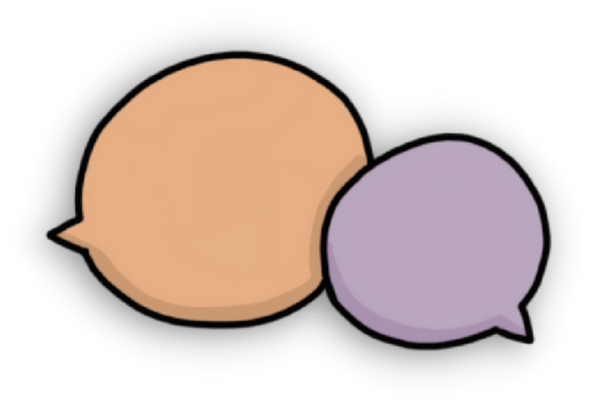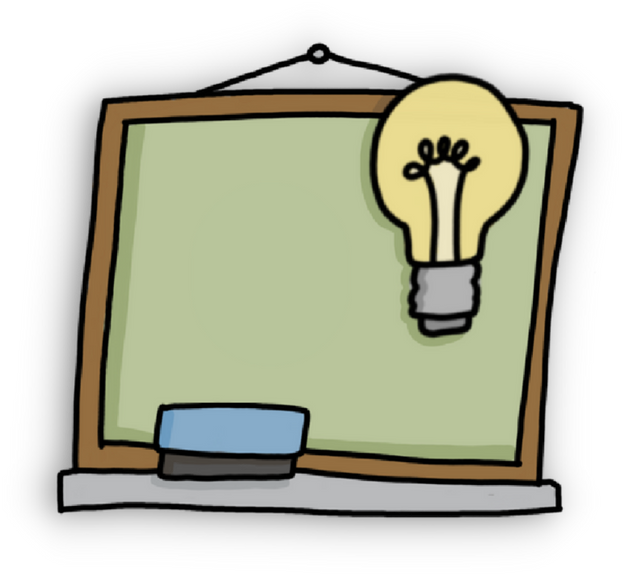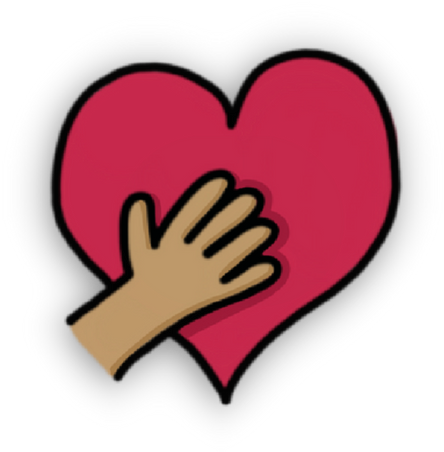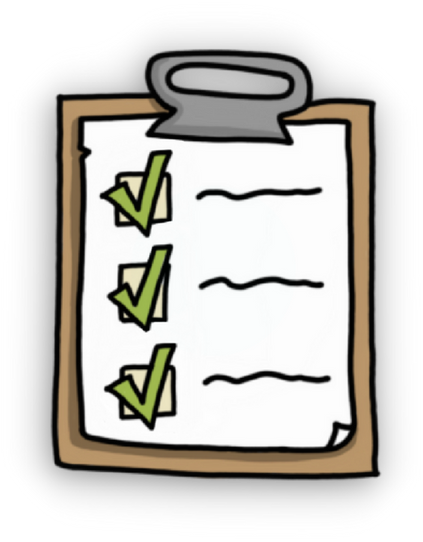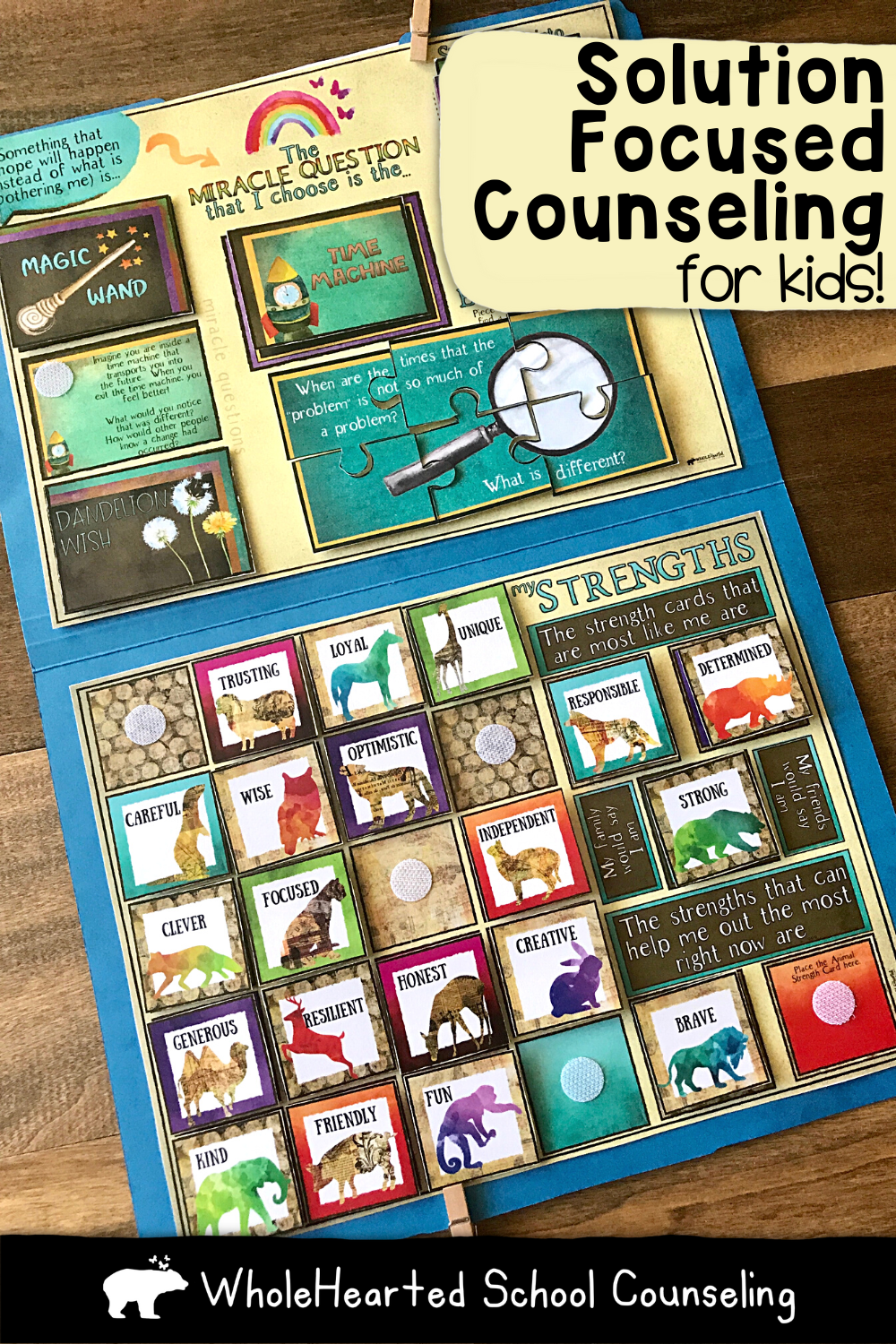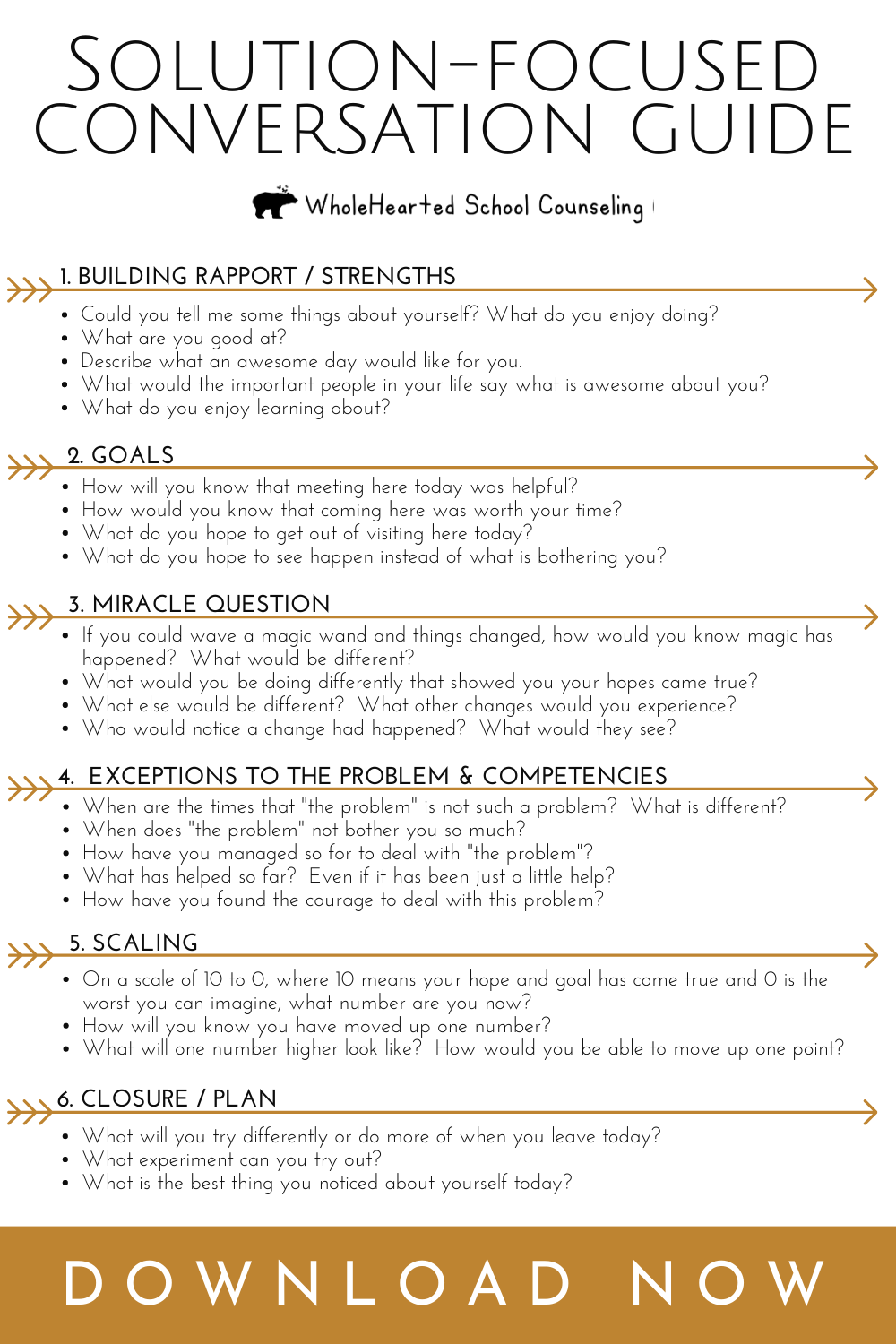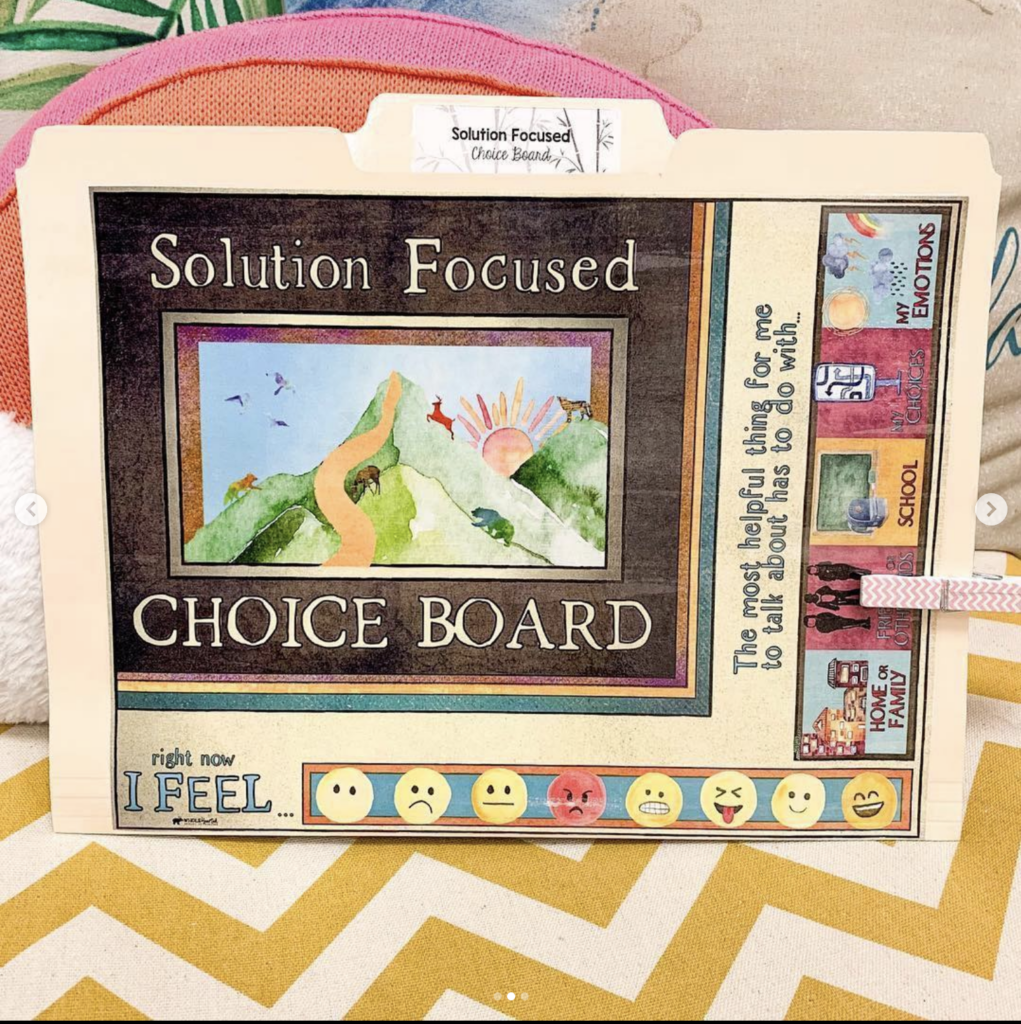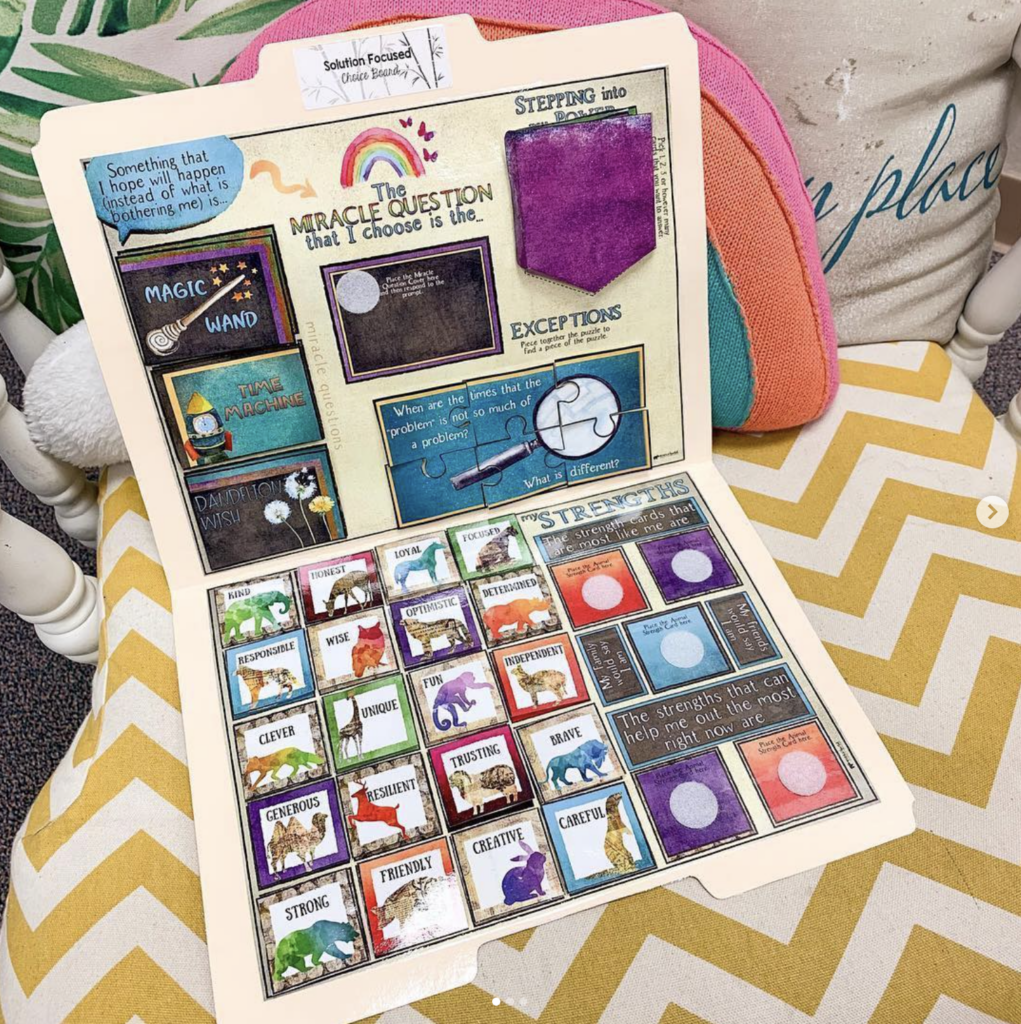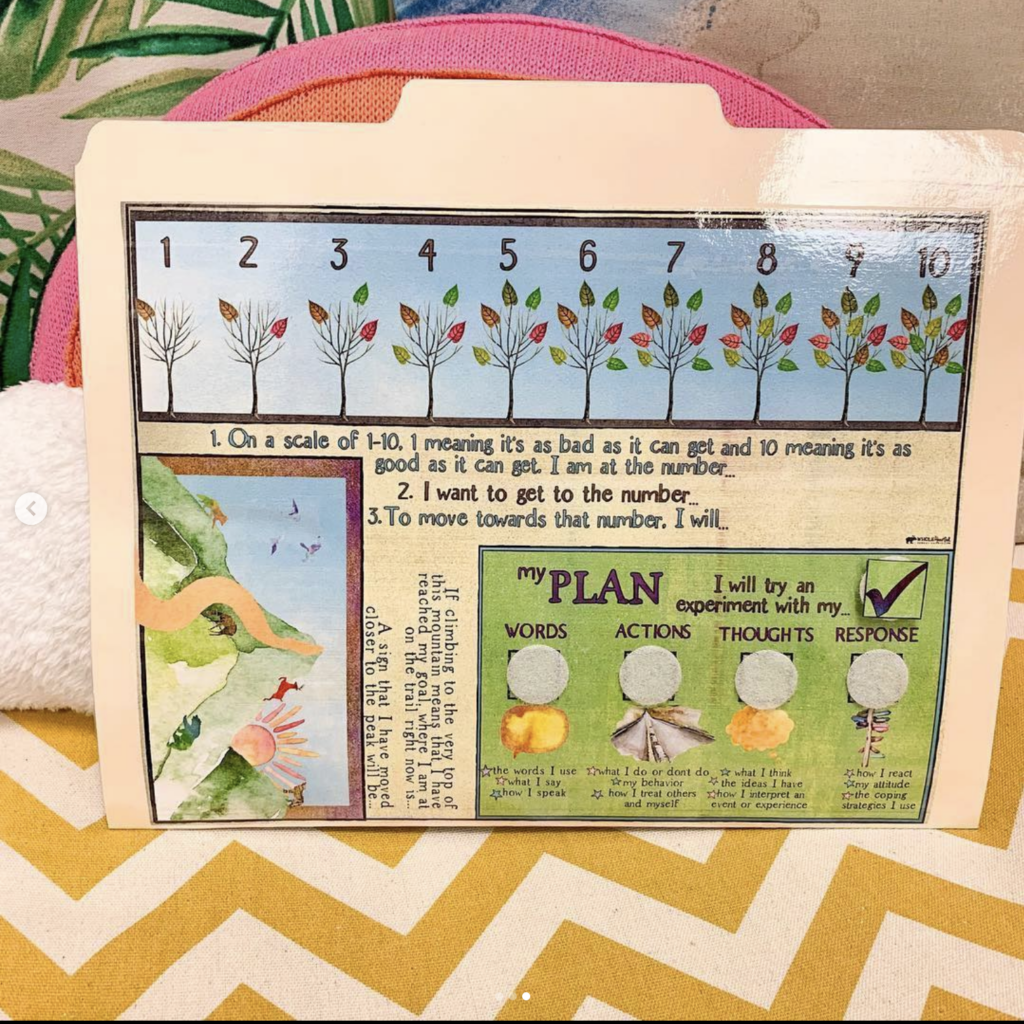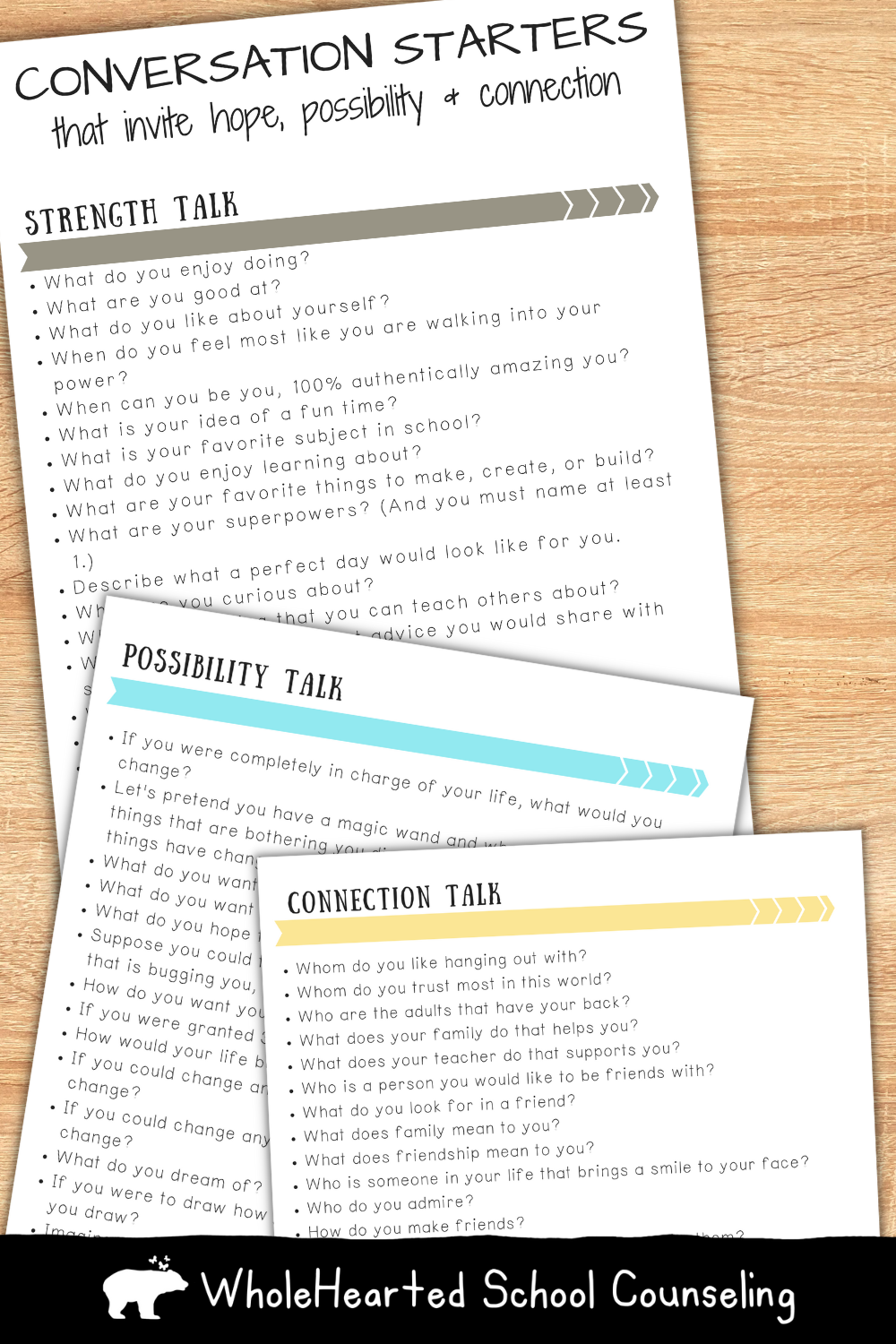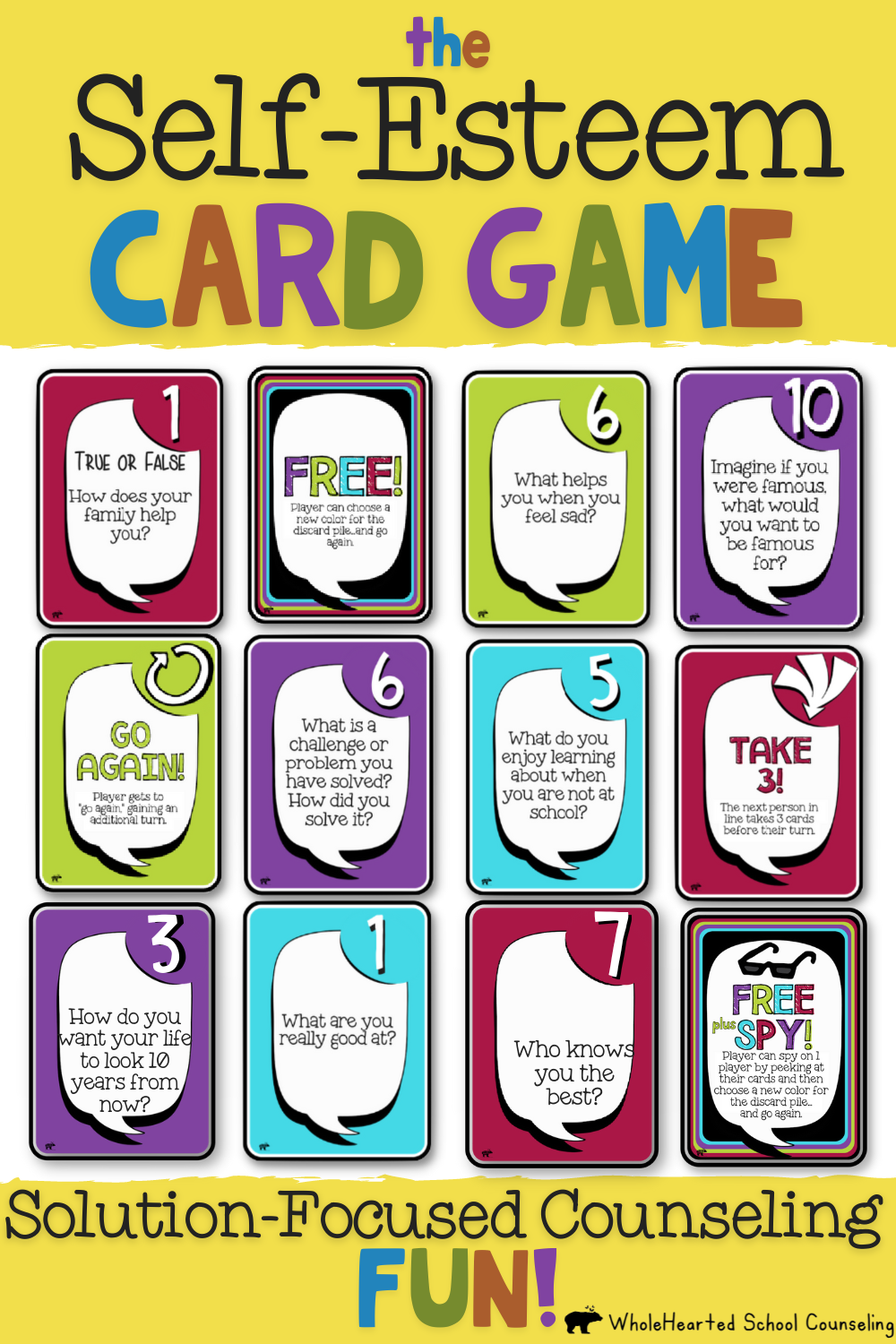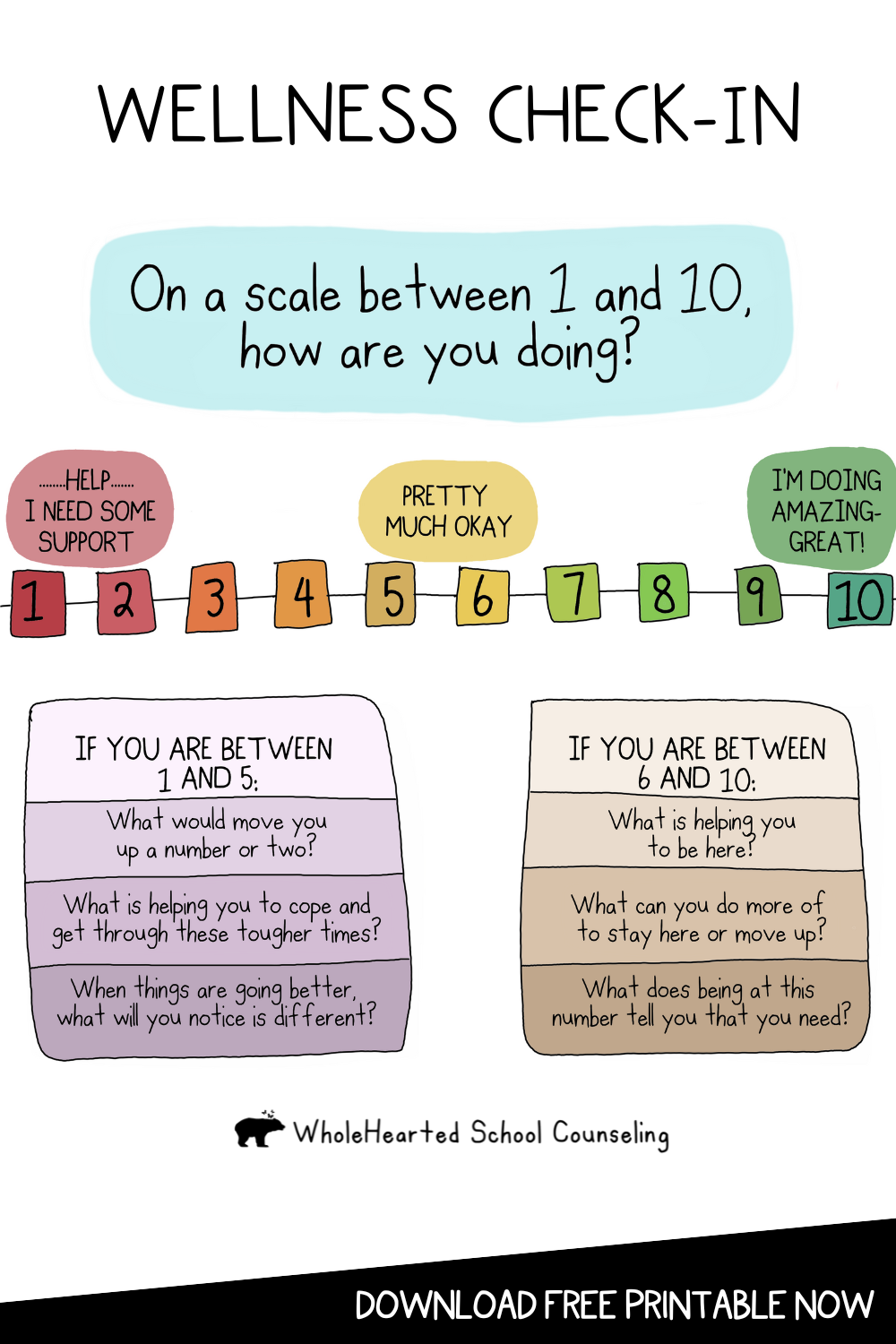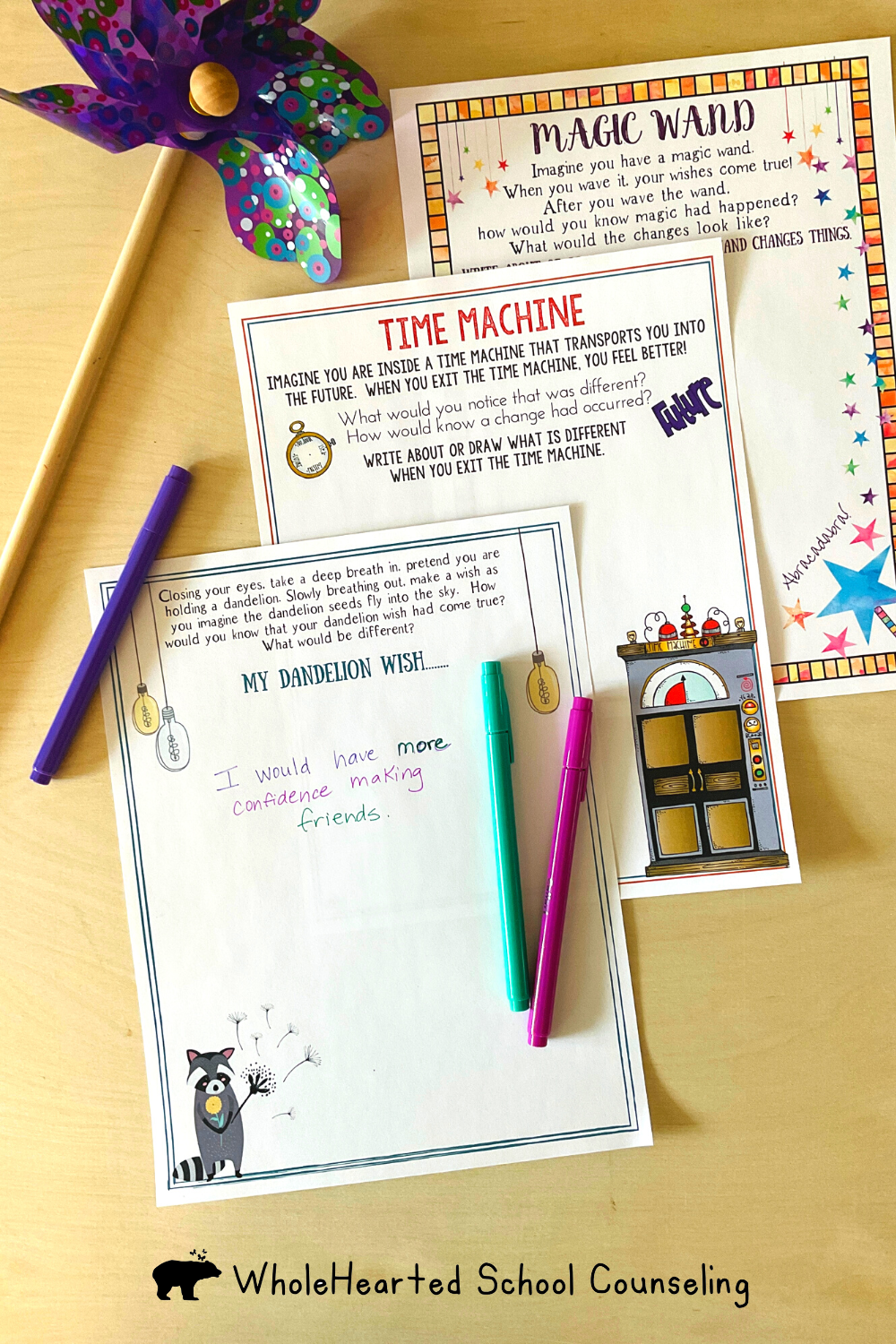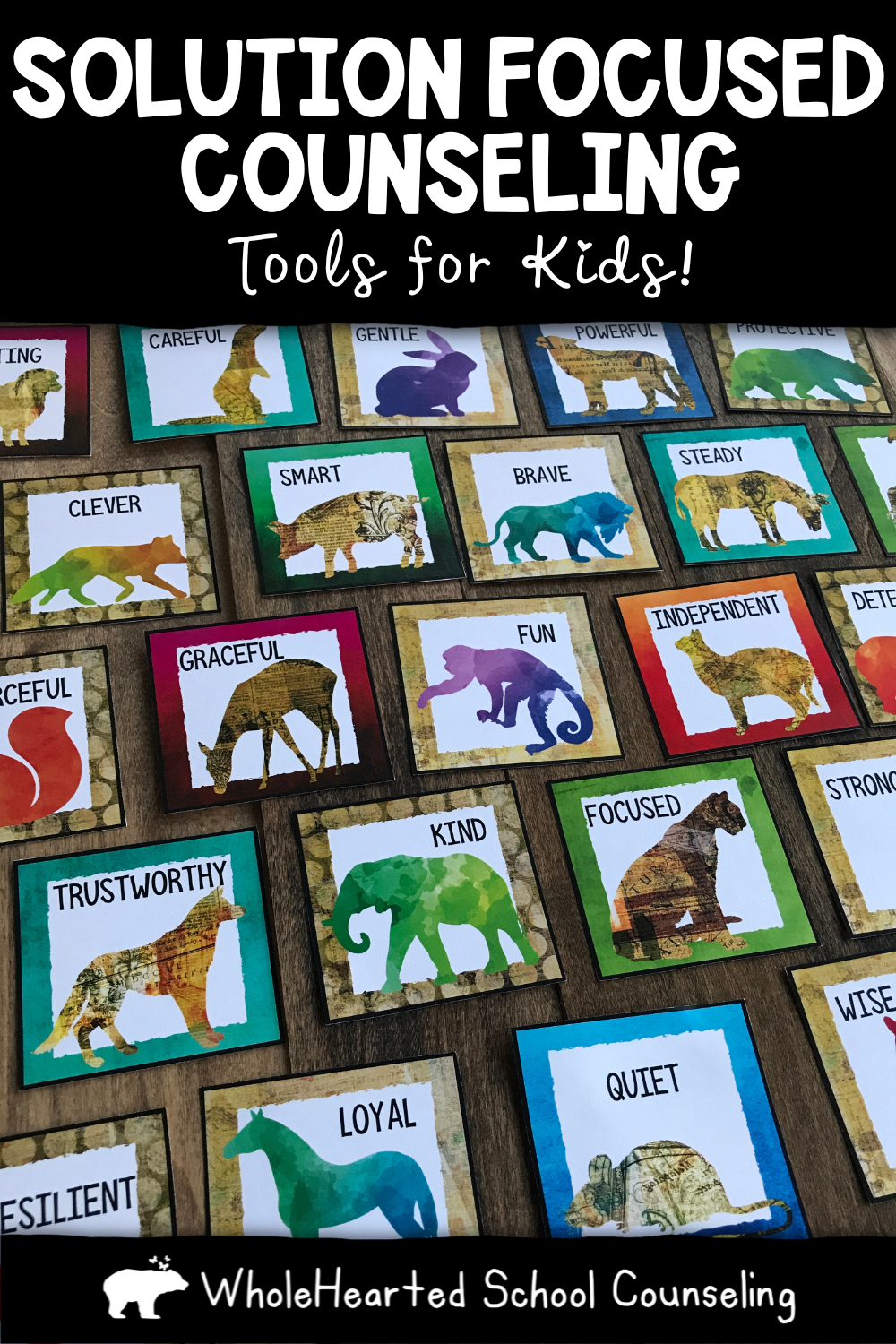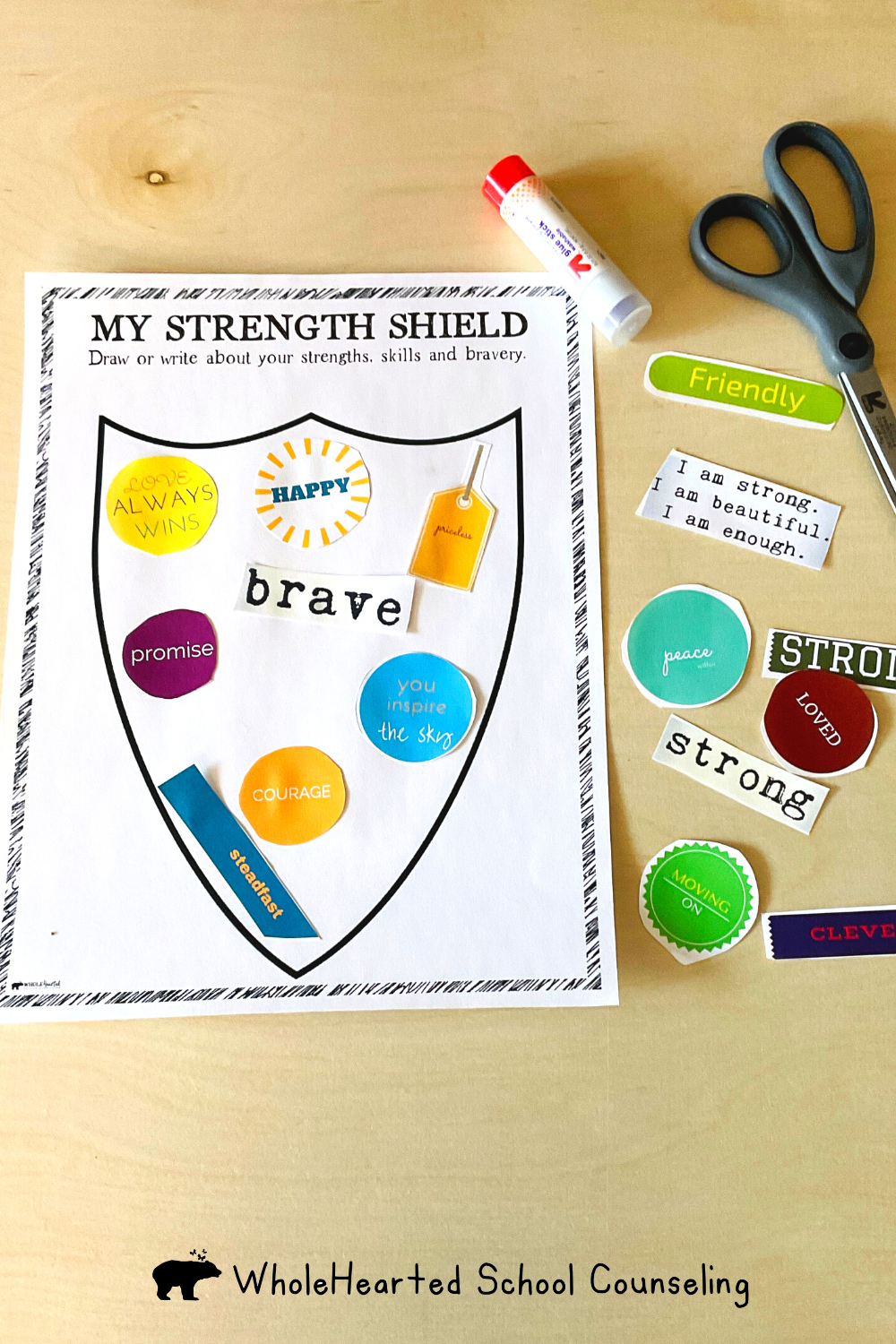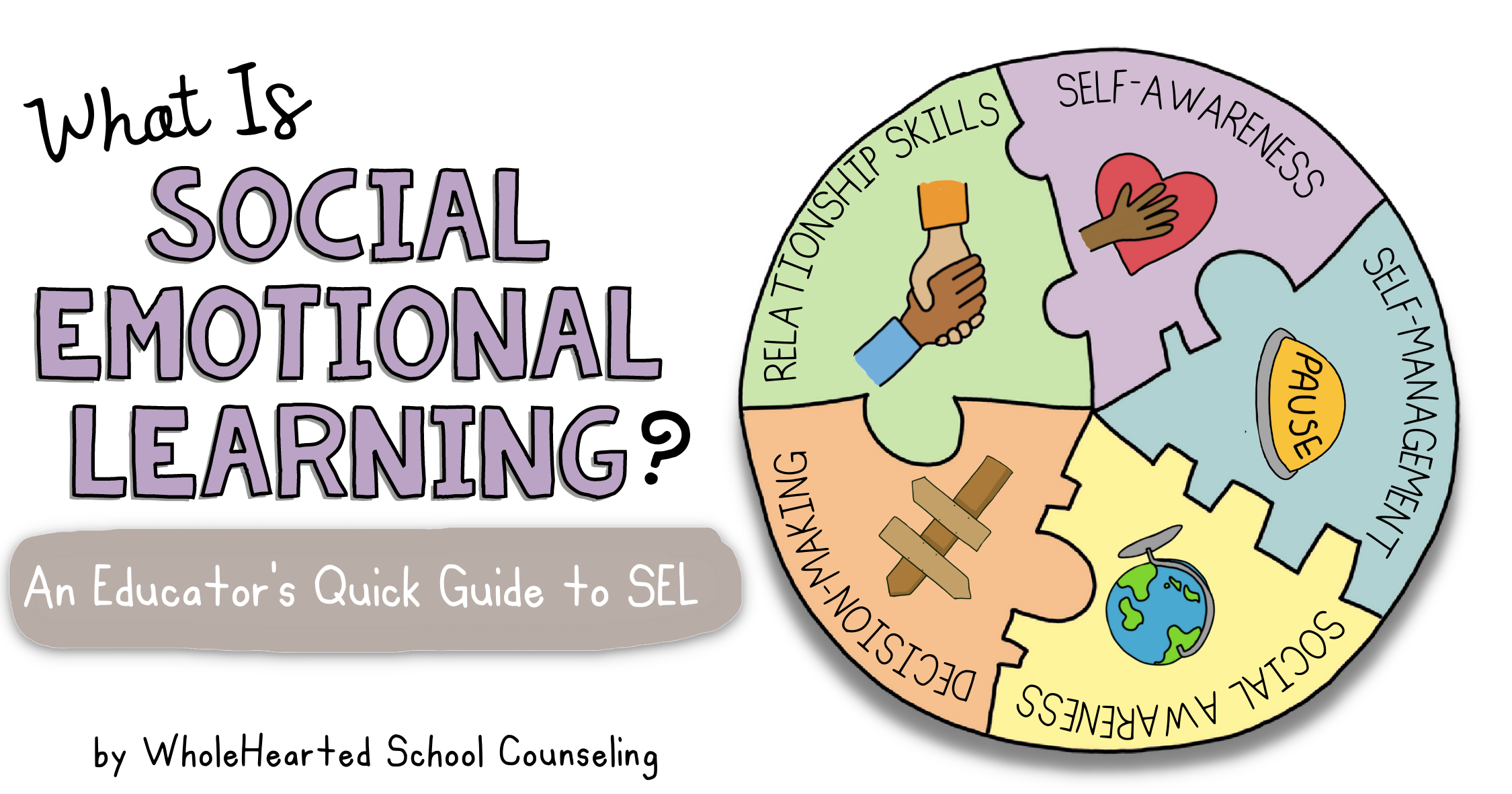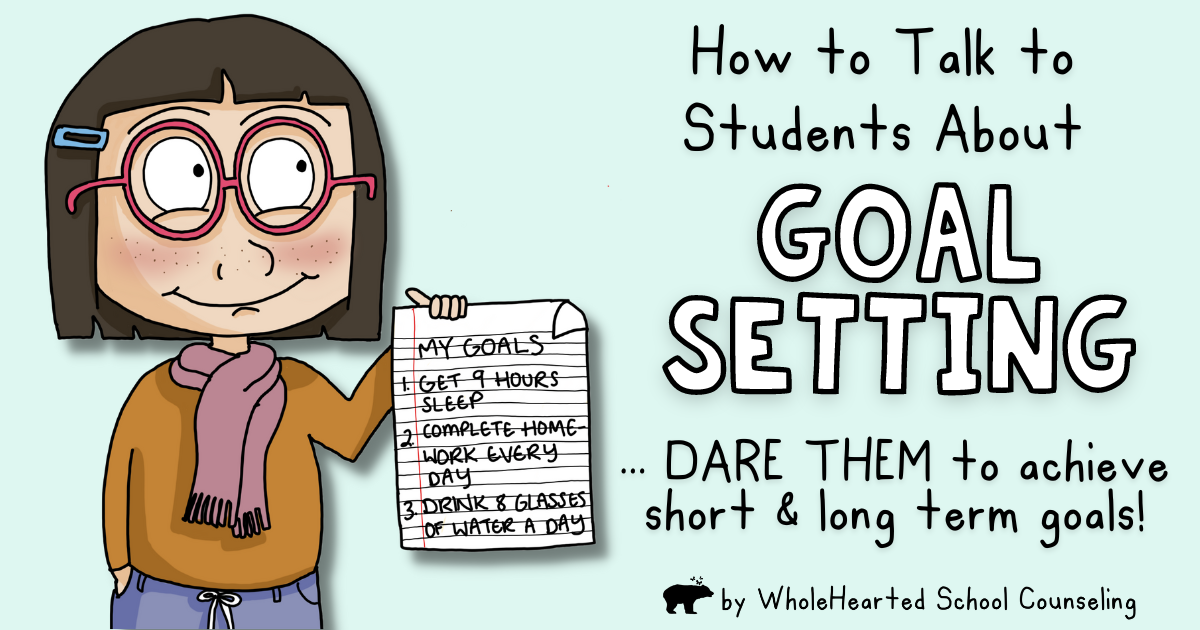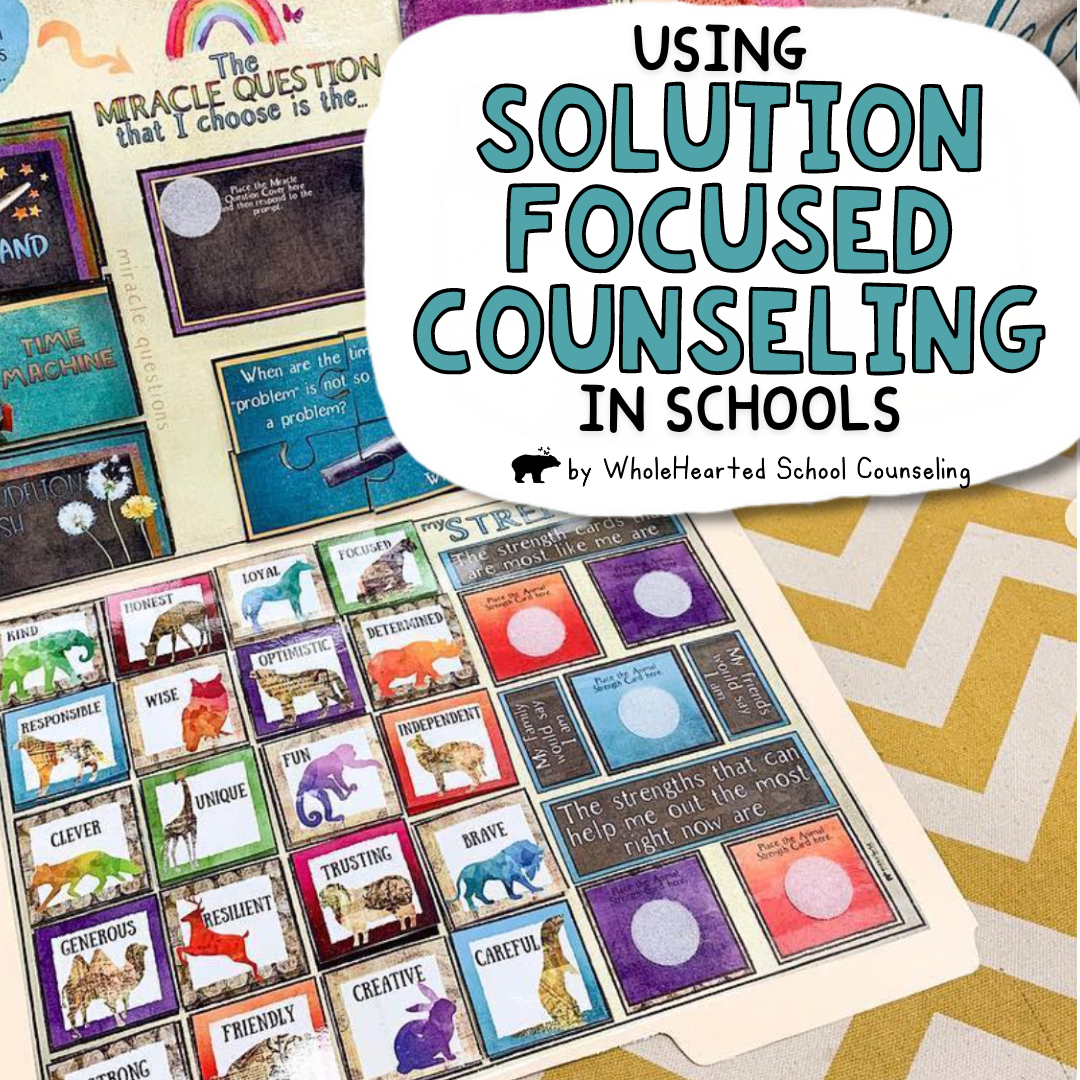
A Shout-Out for Solution Focused Counseling in Schools
My all time favorite counseling theory has always been Solution Focused Brief Therapy (SFBT). It was definitely my go-to during my years as a school counselor. I found it to be the most “get out your hammer, nails and shovel and start building…And remember when you feel like giving up, that you’ve got the muscles to do the hard work…and if you don’t have the muscles, you will build them along the way” kind of hands-on, hopeful, and practical of counseling techniques. Writing this makes me realize that not only did I love using solution focused counseling in schools with students, but I also used it inadvertently with myself, too.
If you’re a school counselor, you know that this profession can be super challenging, especially when you feel like you’re dodging snowballs left and right. Not only are you constantly in the mode of helping students solve problems, you are also constantly having to find solutions to all those snowballs being thrown your way. You’re often having to decide which sticky note to rip off the wall first or which bear to stand your highest ground to. Given the nature of the job, I found that using Solution Focused Counseling in schools kept up the pace with all my responsibilities. Plus, I loved how it’s a strengths based method that gives students tools to find solutions, which can be transferrable other parts of their lives, as well
What is Solution Focused Counseling?
Solution-Focused Counseling is a brief and goal-oriented therapeutic approach that focuses on identifying and building upon clients’ (or students’) strengths and resources. The counselor works collaboratively with clients to set achievable and specific goals, and then helps them identify and utilize their own strengths and abilities to achieve those goals. The approach is future-focused and emphasizes finding practical solutions to problems, rather than dwelling on past difficulties.
Solution Focused Counseling is a common method used in school counseling programs. One of the advantages of this method is that it doesn’t take a lot of time to do. Rather than trying to excavate all the different reasons a person feels a certain way or is in a certain challenging situation, the focus is on looking at the strengths and resiliencies of each person, and from there, finding solutions.
Using guided questioning, goal setting, and strengths-based identification, you can support students (and staff, let’s be honest) to identify and problem solve relatively quickly. This can be super helpful if you have 400 or so students in your building and providing Tier 1 services to everyone, plus Tier 2 and/or Tier 3 interventions to a lot of them, on top of all your other responsibilities to boot.
Below are 5 different ways that I integrated Solution Focused Counseling in our school counseling program. (These examples with guided activities are all included in the Wholehearted Solution Focused Counseling Toolbox.)
1. Improved Individual Student Support
Using Solution Focused Counseling aided me in reaching a school counseling universal program goal, which is minimizing the amount of time students are out of class. Weaving the technique in individual student support helped to cut down on the amount of time students spent in my office and out of class.
I loved how Solution Focused Counseling helped me provide services to students based on immediate and short term needs. This model provided me a consistent, laid out method that focused on solving the problem at hand. Plus, it encouraged a quick and effective turn around.
I found that it allowed me the time to support more students. Using Solution Focused Counseling gave me a bit more control over my schedule, helping me to avoid working in constant crisis mode. On top of that, I could act more school counselor-y as compared to mental health therapist-y, when working with individual students.
To help me structure individual support sessions, I created a Solution Focused Conversation Guide. It addressed building rapport, strengths, goals, variations on the miracle question, exceptions to the problem, competencies, scaling, plans and closure. I made sure to leave room between each section for writing notes, too.
I also created a more hands-on, interactive and “all inclusive” Solution Focused Counseling lap board that helped me frame and structure the discussions. This also was a time-saver since students were excited to move through all the different steps, which would keep the problem-solving conversation going. The photos below show what the choice board looks like.
2. Building Rapport
One of my favorite ways to build rapport was using conversation starters that invited hope, possibility, and connection.
Not only did I use these solution focused conversation starters at the beginning of individual sessions, but I also used them to kick off small groups. (They also worked great for morning meetings, circle time, advisory or SEL lessons. In addition, they can work as ice breakers for staff meetings, too!) Some of my favorite topics to build rapport were what I called strength talk, connection talk, possibility talk, and real talk.
You can get much deeper with students by asking, “Who do you admire?” or “What makes a good friend?” Rather than a simple “How you doin’?”
And of course I couldn’t resist turning rapport building solution focused counseling conversation starters into a game. Because when you are working with kids, nothing gets their engagement or buy-in more than if they are having fun, right? And especially if the conversation feels less counselor-y, with less pressure.
The card game I designed plays similar to Uno, but each time a student discards a card, they have to address the prompt and/or respond to the question on that particular card. (The action cards are slightly different, too. Plus, I gave each student 2 “Pass Cards” that they could use if they wanted to skip answering a question for whatever reason. Even though I titled it The Self-Esteem Card Game (and it addressed self-esteem issues), all of the questions were also solution focused, too.
3. Scaling Questions
Scaling questions provide a feeling of hope, focusing on the desired outcome and motivation and steer people away from simply focusing on the problem. It redirects the overwhelming problem thoughts to see a more hopeful future.
Wellness Check-In
Seeing how helpful scaling questions can be, I created this solution focused counseling scale (which you can download for free!)
When working with kids, I always found it helpful to understand the size of the problem before knowing which approach to take. Using different scaling questions commonly part of Solution Focused Counseling, helped frame the discussions. A student may just need a break in the coping corner, some brain or physical stimulation, or a really good cry. Scaling questions helped me choose which sort of intervention would be the most supportive.
Some other really helpful visual scales I used were the Ladder Scale and Mountain Scale.
4. Miracle Questions
One of the coolest things SFBT with children is the use of the Miracle Question. When I would ask students straight up, “How do you think you could solve the problem?” I’d often get blank stares. However, the use of miracle questions made it more fun, interesting, and easier for kids to articulate what they would like to see differently.
I designed several developmentally appropriate worksheets with miracle-type questions. Including the:
Magic Wand:
Imagine you have a magic want. When you wave it, your wishes come true. After you wave the wand, how would you know that magic had happened? What would the changes look like?
Time Machine
Imagine you are inside a time machine that transports you into the future. When you exit the time machine you feel better. What would you notice was different? How would you know a change had occurred?
My Dandelion Wish
Closing your eyes, take a deep breathe in. Pretend you are holding a dandelion. Slowly breathing out, make a wish as you imagine the dandelion seeds fly into the sky. How would you know that your dandelion wish had come true? What would be different?
5. Focus On Strengths
Two of my favorite (and fun!) strength based activities I did with students were using Animal Strength Cards and creating collage Strength Shields.
Animal Strength Cards
Sometimes it was much easier for students to identify their strengths via externalization. When children are their own worst critic, it makes it challenging for them to identify what they’re really good at and what others would see as their best qualities.
As such, I created Animal Strength cards to encourage students to identify within themselves positive attributes you might find in animals, such as Determined Rhino, Quiet Mouse, Loyal Horse, and Brave Lion.
I would lay out the cards and ask students questions like, “What card would a good friend(s) say best represents you?” or “How would this animal deal with fear?”
Taking the pressure out of talking about themselves directly helped students to relax their shoulders and find ways to better recognize their strengths. Which would then help us talk about how they could use their strengths to find solutions to the problem at hand.
Strength Shields
Another activity I used to help students identify their individual strengths was a crafty activity called Strengths Shields. In this activity, students would either draw, write about and/or collage their “powers” inside the Strengths Shield handout or on a blank piece of paper. The students would either brainstorm a list of strength words and/or phrases, or use magazines and/or some ready-made cut outs supplied to them.
While they worked on the project, I invited students to brainstorm ideas about how they could use their self-identified strengths to find solutions to manage challenges they were experiencing.
If they were up for it, we’d hang their final project somewhere special they could see as a constant positive reminder of their awesomeness. At other times, I would keep some Strength Shields in a folder that I could pull out as a reminder when a new problem popped up.
If you’d like to learn more about Solution Focused Counseling in Schools, there are lots of scholarly articles and books that will help you dive into this highly effective practice. Some that were super helpful that you might want to check out are: Solution Focused Counseling in Schools by John J. Murphy or Brief Counseling That Works: A Solution Focused Approach for School Counselors and Administrators by Gerald B. Sklare.


